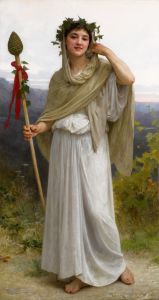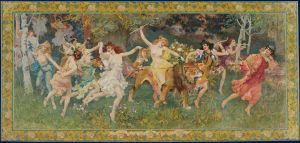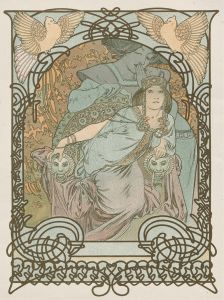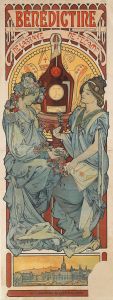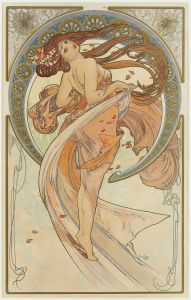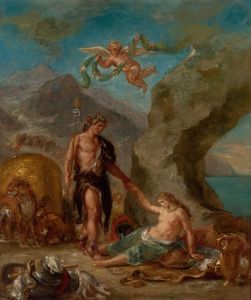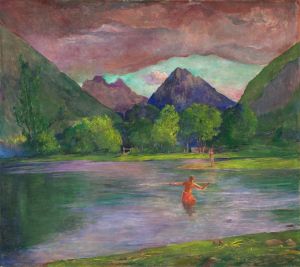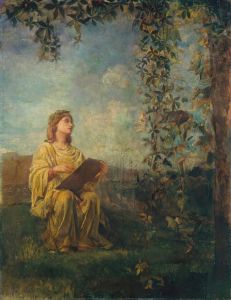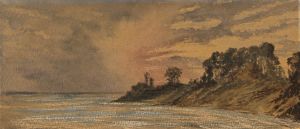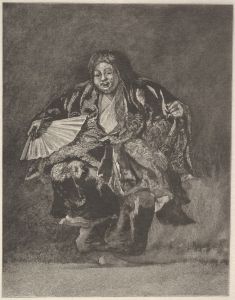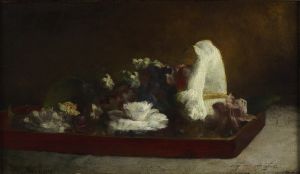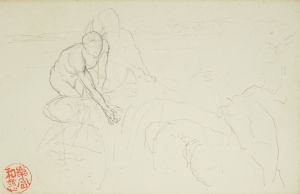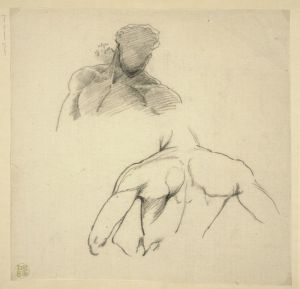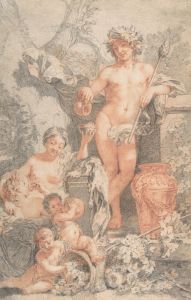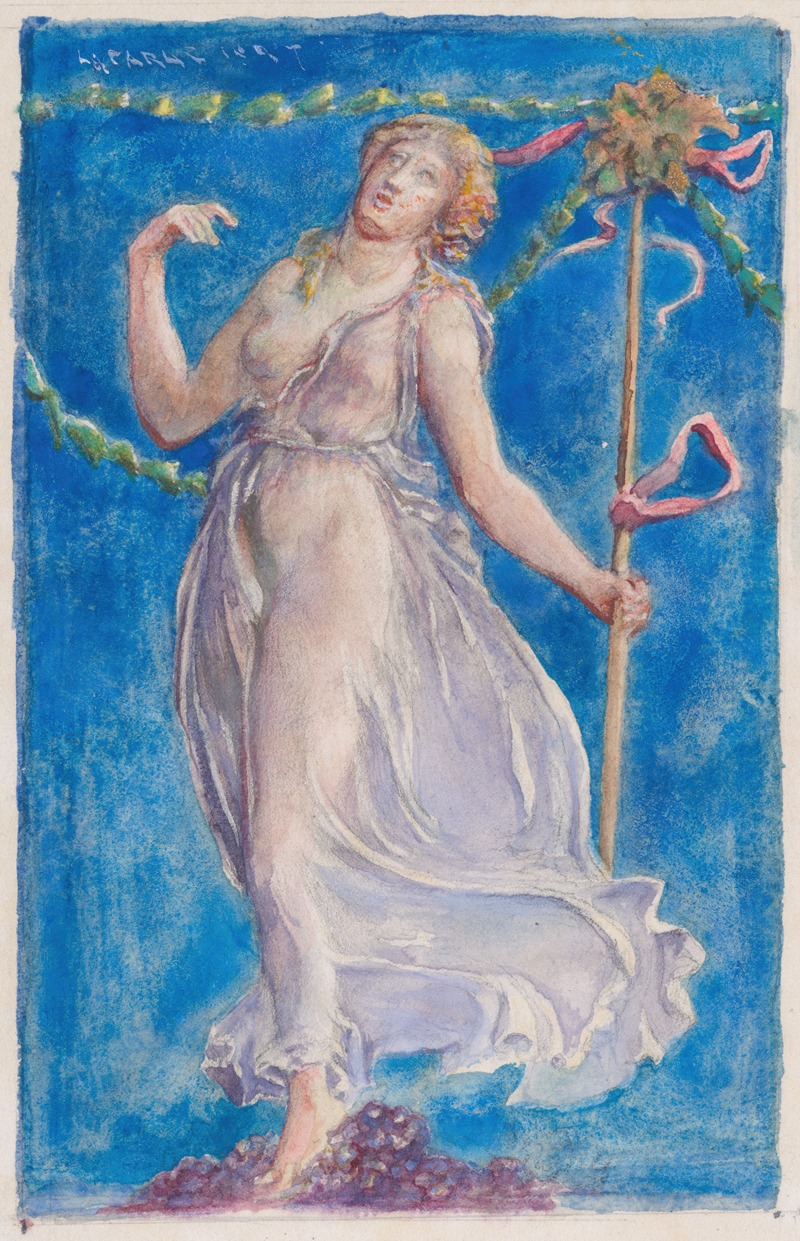
A Bacchante
A hand-painted replica of John La Farge’s masterpiece A Bacchante, meticulously crafted by professional artists to capture the true essence of the original. Each piece is created with museum-quality canvas and rare mineral pigments, carefully painted by experienced artists with delicate brushstrokes and rich, layered colors to perfectly recreate the texture of the original artwork. Unlike machine-printed reproductions, this hand-painted version brings the painting to life, infused with the artist’s emotions and skill in every stroke. Whether for personal collection or home decoration, it instantly elevates the artistic atmosphere of any space.
John La Farge's A Bacchante is a painting created by the American artist and decorative painter John La Farge (1835–1910). La Farge was known for his innovative work in stained glass, murals, and easel painting, and he played a significant role in the American art scene during the late 19th century. While A Bacchante is one of his lesser-known works, it reflects his interest in classical themes and his skill in capturing the human figure.
The term "Bacchante" refers to the female followers of Bacchus (or Dionysus), the Roman and Greek god of wine, revelry, and ecstasy. Bacchantes were often depicted in art and literature as figures embodying wild, ecstatic energy, frequently associated with nature, music, and dance. In this painting, La Farge draws upon this classical subject matter, which was popular among artists of the 19th century, particularly those influenced by the Romantic and Neoclassical movements.
La Farge's approach to A Bacchante demonstrates his interest in blending realism with a sense of idealism. His use of color, light, and texture often reflects his fascination with the interplay between naturalism and decorative aesthetics. While specific details about the composition and style of A Bacchante are not widely documented, it is consistent with La Farge's broader body of work, which frequently explored themes of mythology, spirituality, and the human form.
John La Farge's career was marked by his ability to work across multiple mediums, and he was particularly celebrated for his innovations in stained glass. His paintings, including works like A Bacchante, often reveal his deep understanding of color and light, which he applied with great sensitivity. La Farge was also influenced by his travels, particularly to Japan and the South Pacific, which enriched his artistic vocabulary and introduced new elements into his work.
Although A Bacchante is not as extensively studied or exhibited as some of La Farge's other works, it remains an example of his engagement with classical themes and his ability to reinterpret them through his unique artistic lens. Today, John La Farge is remembered as a key figure in American art, whose contributions spanned multiple disciplines and left a lasting impact on the cultural landscape of his time.
Further details about the provenance, current location, or specific critical reception of A Bacchante are not readily available in existing historical records.





